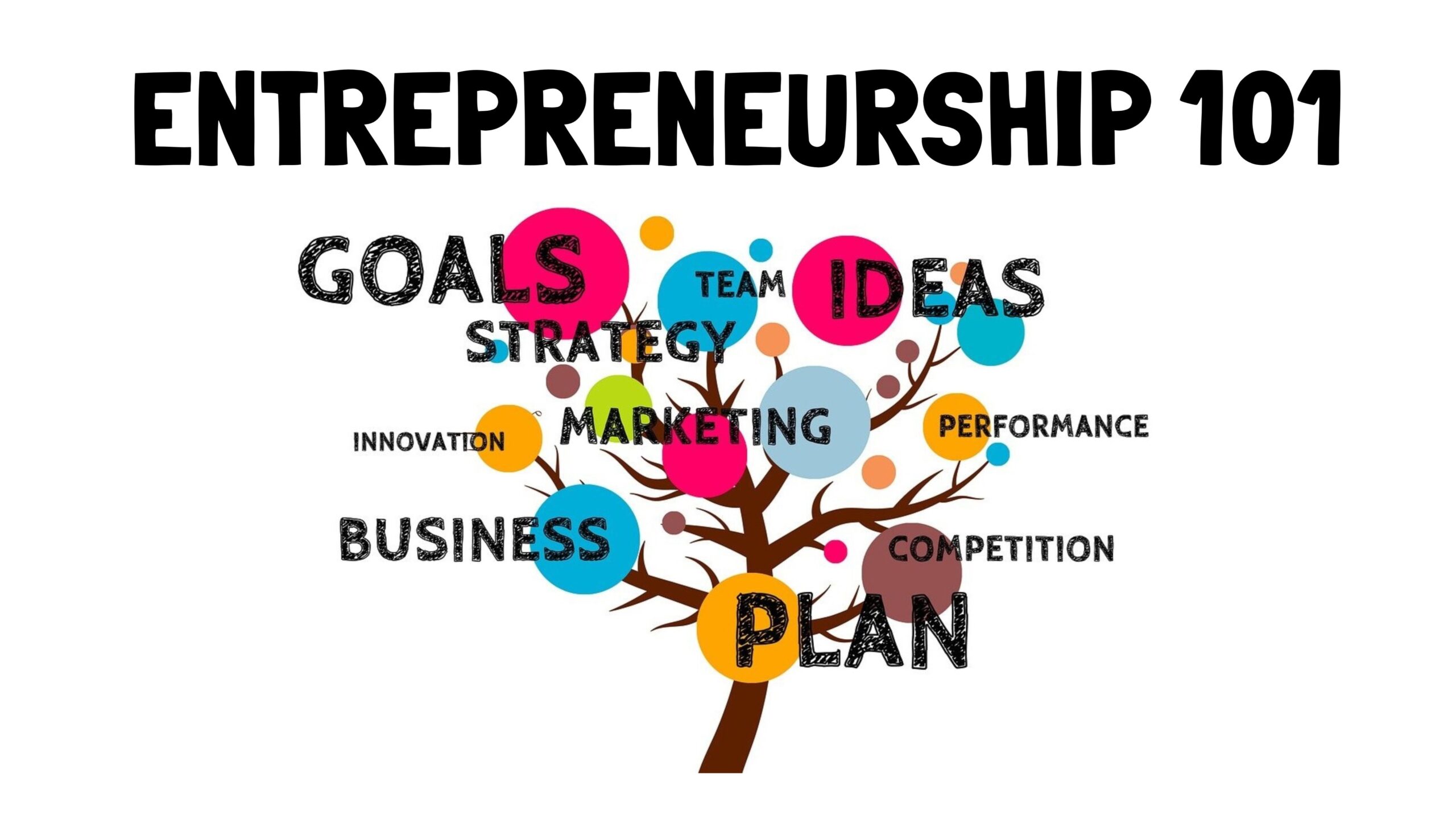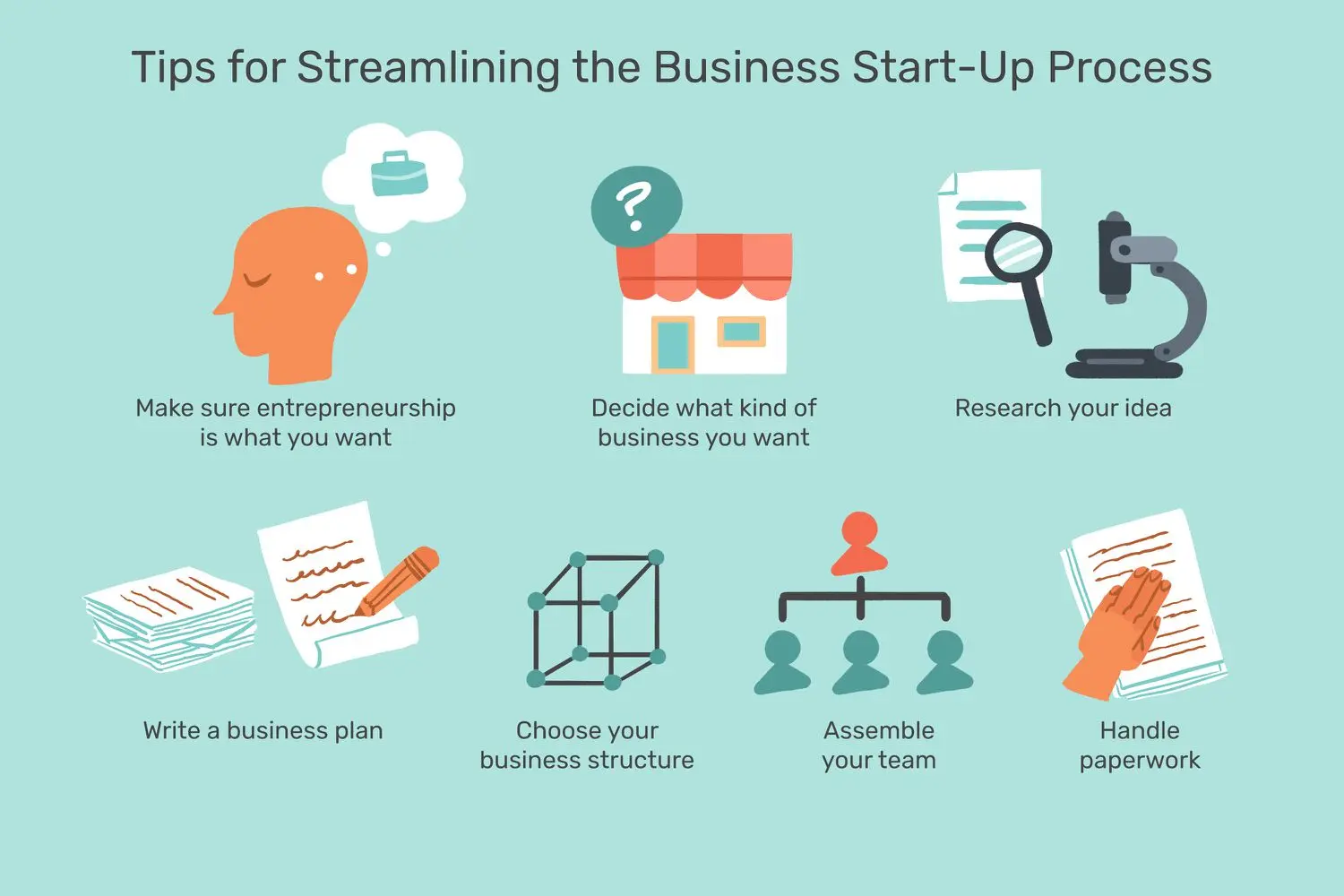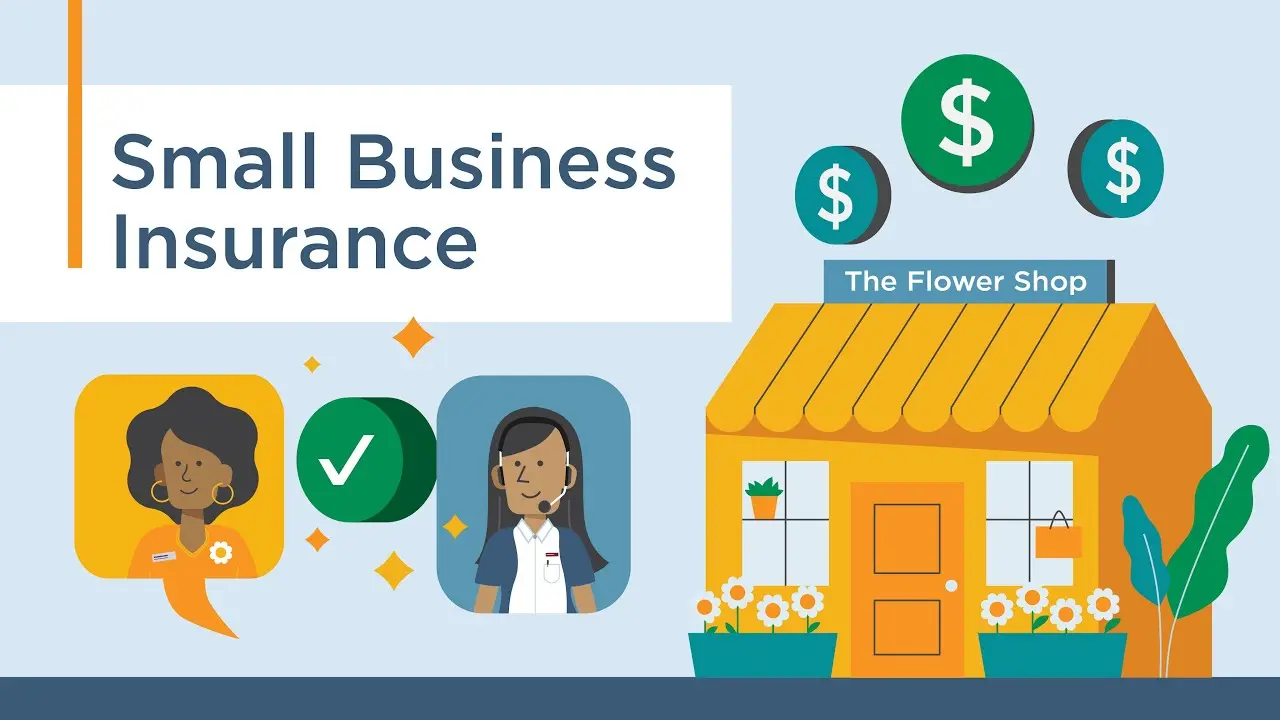
Understanding Your Business Idea
The first step in building a thriving business from scratch is to have a clear and compelling business idea. This involves identifying a problem that needs solving or a gap in the market that you can fill. Conduct thorough market research to validate your idea. Ask yourself: What are the needs of your potential customers? How can my product or service effectively address those needs?
Utilize surveys, focus groups, and competitive analysis to gather insights. This research will serve as the foundation for your business model and help you refine your value proposition. Keep in mind that a strong business idea is often the difference between success and failure, so invest the time to ensure it is solid.
Creating a Solid Business Plan
Once you have validated your business idea, the next step is to create a comprehensive business plan. A well-crafted business plan serves multiple purposes: it acts as a roadmap for your business, helps secure funding, and allows you to set clear goals and objectives. Your business plan should include the following key components:
- Executive Summary: A brief overview of your business.
- Market Analysis: Insights into your industry, target market, and competition.
- Organization and Management: Your business structure and team.
- Products and Services: Description of what you are selling.
- Marketing Strategy: How you plan to attract and retain customers.
- Funding Request: If applicable, details on how much funding you need and how it will be used.
- Financial Projections: Estimates of revenue and expenses for the next few years.
Choosing the Right Business Structure
Your choice of business structure is crucial as it can affect your taxes, liability, and other legal aspects. Common structures include:
- Sole Proprietorship: Simple to establish but offers no personal liability protection.
- Partnership: Shared responsibility but can lead to conflicts.
- Corporation: Provides liability protection but is more complex to manage.
- Limited Liability Company (LLC): Offers flexibility and liability protection.
Consult with a legal professional to choose the structure that best suits your business needs and long-term goals.
Funding Your Business
Funding is often one of the biggest challenges for new entrepreneurs. There are several ways to secure the necessary capital to launch your business:
- Self-Funding: Using your personal savings.
- Loans: Traditional bank loans or small business loans.
- Investors: Angel investors or venture capitalists who provide capital in exchange for equity.
- Crowdfunding: Platforms like Kickstarter or Indiegogo can help you raise funds from a large number of people.
Make sure to carefully consider your funding options and how they will impact your business in the long run.
Building Your Brand
Creating a strong brand identity is essential for standing out in a competitive market. Start by designing a memorable logo and developing a consistent color scheme and messaging that reflects your brand’s values. Your brand should resonate with your target audience and communicate what makes you unique.
Utilize social media, a professional website, and content marketing to establish your online presence. Engaging with your audience through regular updates and valuable content can enhance brand loyalty and recognition.
Developing a Marketing Strategy
An effective marketing strategy is key to attracting customers and driving sales. Your strategy should incorporate both online and offline channels. Here are some popular marketing tactics to consider:
- Content Marketing: Blogging, videos, and infographics to provide value and attract traffic.
- Email Marketing: Building a mailing list to communicate directly with potential customers.
- Social Media Marketing: Leveraging platforms like Facebook, Instagram, and Twitter to engage with your audience.
- Search Engine Optimization (SEO): Optimizing your website to rank higher in search engine results.
- Paid Advertising: Utilizing Google Ads or social media ads to reach a wider audience.
Measuring Success and Adapting
After launching your business, it's essential to continually measure your key performance indicators (KPIs) to assess your performance. Common KPIs include sales growth, customer acquisition cost, and customer lifetime value. Using analytics tools can help you track these metrics effectively.
Be prepared to adapt your strategies based on your findings. The business landscape is constantly changing, and flexibility can be a significant advantage. Regularly solicit feedback from customers and be open to making adjustments to improve your offerings.
Conclusion
Building a thriving business from scratch is a challenging yet rewarding journey. By following this step-by-step guide, you can lay a strong foundation for your business. From understanding your business idea to developing a marketing strategy and measuring success, each step is crucial for long-term success. Stay committed, be willing to learn, and adapt to changes in the market, and your business will have the potential to thrive.









